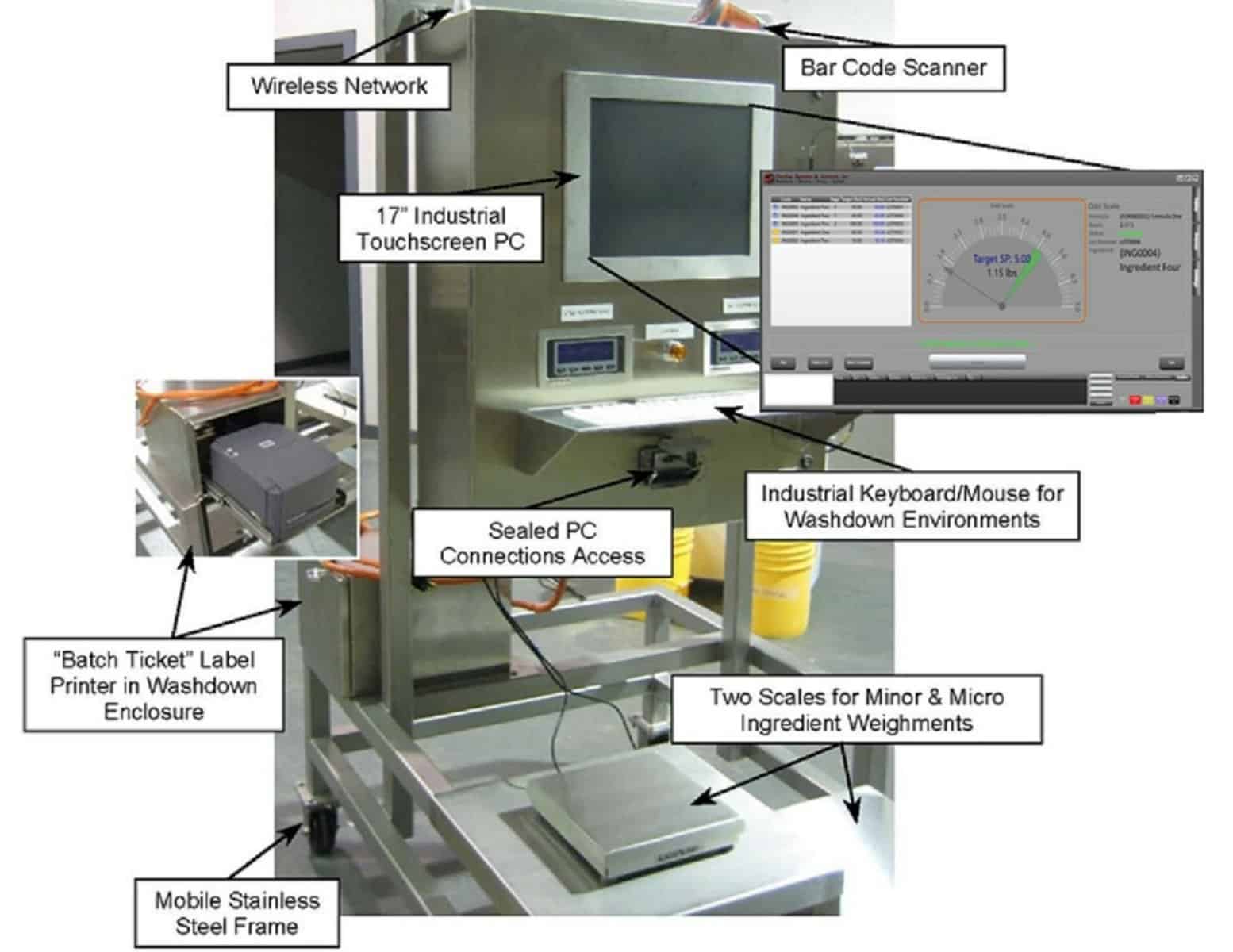What goes into a tablet?
A standard tablet produced in a wet granulation process will be made up of several different components, all offering functional characteristics that help to create a good finished product. The process to create a tablet, that once ejected from the tablet press exhibits all the necessary requirements; good shape, right friability, no damage, and of course functional, is nothing short of an art.
In drug formulation, an API (the active pharmaceutical ingredient – the part that will make you better) is matched with various other materials that help to deliver a functioning product to the end-user. Tablets are generally made up of a mixture of the API, a bulking agent (to literally bulk out the formulation to enable the small amount of API to actually be taken in tablet form), and several other excipients which will help to ensure good rigidity of the tablet, encourage dissolution or help to improve the flow of the powder through the granulation process.
Ensuring product quality as the material moves through the process
As you can see, there are many different components used in the make-up of a tablet, and often these raw ingredients will be received from several different suppliers. Ensuring the quality of the received goods is imperative for a repeatable process, and to guarantee the same tablet is being created each and every time.
After the formulation of a tablet has been created and has been moved to a production scale, the number of ingredients for many batches will be in the thousands of kilos. Before being moved to the dispensary, often the raw materials will be checked and verified to ensure they are what the bag says they are. This is the first check to ensure the material received is correct and other inspections may be carried out. Once this is completed and each raw material of the batch has been verified, it can move to the dispensary. The dispensary is the part of the granulation process where each material is weighed out to the determined amount to create the drug blend for tableting. This is often a lengthy process, with materials individually weighed out on scales to ensure amounts are correct. Fluctuations in blend formulation can result in issues during the granulation process, where too little API can render the end tablet ineffective.
Once the raw materials have been weighed out, they can move to the granulation suite where they will generally be processed in the selected equipment; for example, a high shear granulator or fluid bed processor. After this material has been charged into the equipment, it is too late for any issues with the blend to be rectified. Any material issues such as lumps or foreign objects in the material may lead to a scrapped batch or damaged equipment.
Where does sifting come into the process?
Sifting and/or milling prior to the wet granulation process is a common final check to ensure the quality and integrity of the material. To go through the entire process only to see a batch wasted due to a small piece of plastic in one of the blends is an easily avoidable occurrence.

The Hanningfield Kwik-Sift is designed as a security screener and for the de-agglomeration of dry powders. The Kwik-Sift can be easily installed on a mobile frame or pivot swing-arm in the dispensary or granulation suite, allowing for material to be quickly screened before granulation. The sifter is fitted with a basket and mesh (many screen mesh sizes available). It uses centrifugal force to spin the material inside the basket, both de-agglomerating material and capturing any foreign objects such as cable ties, plastic, and even hairs that may have found their way into one of the materials comprising the blend. The advantages of sifting include the obvious of capturing objects inside the basket, but also helps to ensure there are no lumps that may not sufficiently break down in the high shear mixer prior to addition of the solvent or binding agent. Large lumps can prevent the proper formation of the correct mixture of granules or can create granules that contain too much of a particular component as opposed to a good mixture of all selected ingredients.
The Kwik-Sift is generally supplied with Tri-Clamp connections on the upper and lower half, allowing for easy connection to most process equipment, but can also be fitted with different connections to suit. Often an in-line magnet will be clamped onto the Kwik-Sift to capture metallic parts as well. For typical sifting applications, the Kwik-Sift can be up to 7 times faster than standard vibratory screeners and also offer a smaller profile, reducing floor space taken up inside the process room. By using centrifugal force as opposed to vibration, it is also far easier to connect the Kwik-Sift to equipment without having to account for the vibration and its possible effects on the connecting equipment.

Once the material has been charged into the Kwik-Sift, it can be captured in a downstream container or conveyed directly into the high shear mixer using a Hanningfield vacuum transfer system.
The Kwik-Sift can play an integral part in any granulation process and can help to safeguard all the work that goes into the tableting process.











































